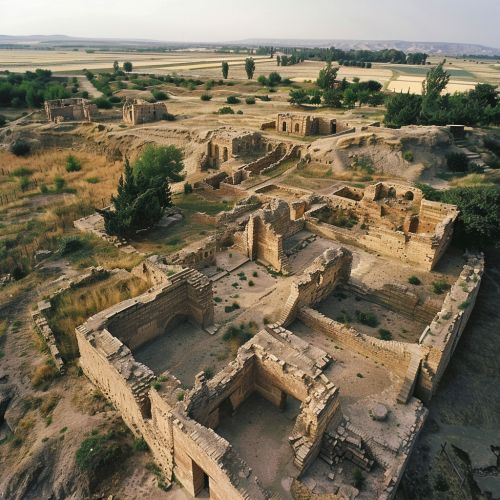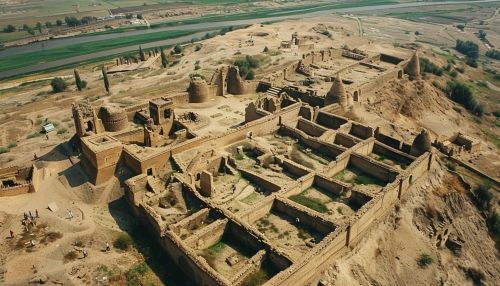Golden Horde
Origins and Formation
The Golden Horde, also known as the Ulug Ulus, was a Mongol and later Turkicized khanate that was established in the 13th century. It was originally a part of the Mongol Empire, which was the largest contiguous empire in history. The Golden Horde was founded by Batu Khan, a grandson of Genghis Khan, after the Mongol invasion of Kievan Rus' in 1237-1240.
Territory and Administration
The Golden Horde ruled over a vast territory, extending from eastern Europe to the western Siberian plain. Its capital was initially at Sarai Batu, and later moved to Sarai Berke. The Horde's administrative structure was based on the traditional Mongol system of governance, which was highly centralized and organized.


Society and Economy
The society of the Golden Horde was multi-ethnic and multicultural, with Mongols, Turks, and Slavs being the main ethnic groups. The economy was largely based on agriculture, with a significant role played by trade, particularly with the Italian merchant republics such as Genoa and Venice.
Religion
The Golden Horde initially followed traditional Mongol religious beliefs, which were shamanistic and animistic in nature. However, over time, the rulers of the Horde converted to Islam, which became the dominant religion in the region.
Decline and Legacy
The Golden Horde began to decline in the 15th century, due to internal conflicts and external pressures, particularly from the growing power of the Muscovy. The Horde was eventually dissolved in 1502, but its legacy lived on in the successor states, such as the Khanate of Crimea and the Astrakhan Khanate.
